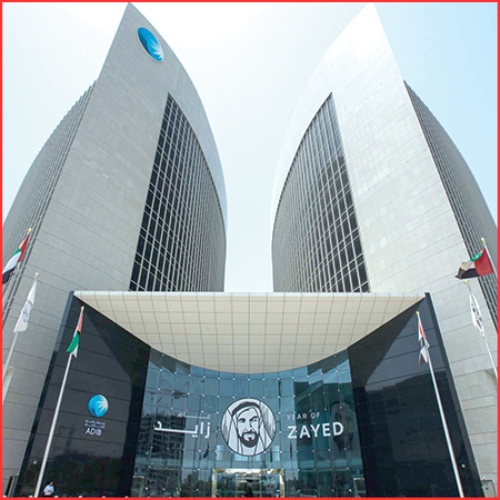According to a private business poll, although employers cut positions for the first time in more than a year, India’s manufacturing sector expanded at its fastest rate in three months in March on the strength of higher output and new orders. From 55.3 in February, S&P Global’s Manufacturing Purchasing Managers’ Index improved to 56.4 in March.
A private business survey released on Monday revealed that although employers cut employees for the first time in more than a year, the manufacturing sector in India increased in March at its fastest rate in three months due to higher output and new orders.
The results of the study generally lend credence to claims that the third-largest economy in Asia is better equipped than most to withstand the effects of a prospective global recession. It was predicted that the Indian economy would expand by 6.9% this fiscal year and 6.0% the following.
S&P Global’s Manufacturing Purchasing Managers’ Index grew to 56.4 in March from 55.3 in February, continuing its 21-month streak of readings over the 50-point line dividing growth from contraction. It exceeded the estimate of 55.0 in a Reuters survey.
In March, the underlying demand for Indian commodities remained robust.
So, businesses increased their stock-building efforts while production continued to grow rapidly, according to a press release from Pollyanna De Lima, associate director of economics at S&P Global Market Intelligence.
The overall demand sub-index, which monitors new orders, increased last month, while overseas demand grew more quickly than it did in February. Production increased at its fastest rate since December.
Yet, despite the fact that the pace of job losses was relatively slow, the job market conditions deteriorated, slipping back into contraction for the first time in 13 months, and this did not translate to an increase in hiring.
Because of worries about competition and general inflation, projected output optimism has fallen to its lowest level in eight months.
While the rate of input cost inflation declined to its second-lowest level in 2-1/2 years, businesses nevertheless passed some of the burdens of rising labour and raw material costs onto consumers. From 51.8 to 52.0, the production prices subindex increased.
This would probably maintain high retail inflation in the upcoming months. A Reuters poll indicated that inflation would remain above the Central Bank of India’s medium-term objective of 4.0%, averaging 6.7% this fiscal year before slowing to 5.2% the following.
It was projected in a Reuters poll that the central bank would halt interest rate increases after the final increase this month if inflation rose significantly.
“Although manufacturers were optimistic about upcoming orders, they had some reservations about whether inflation would continue to fall. Such concerns tempered confidence about the future of the output, according to De Lima.















